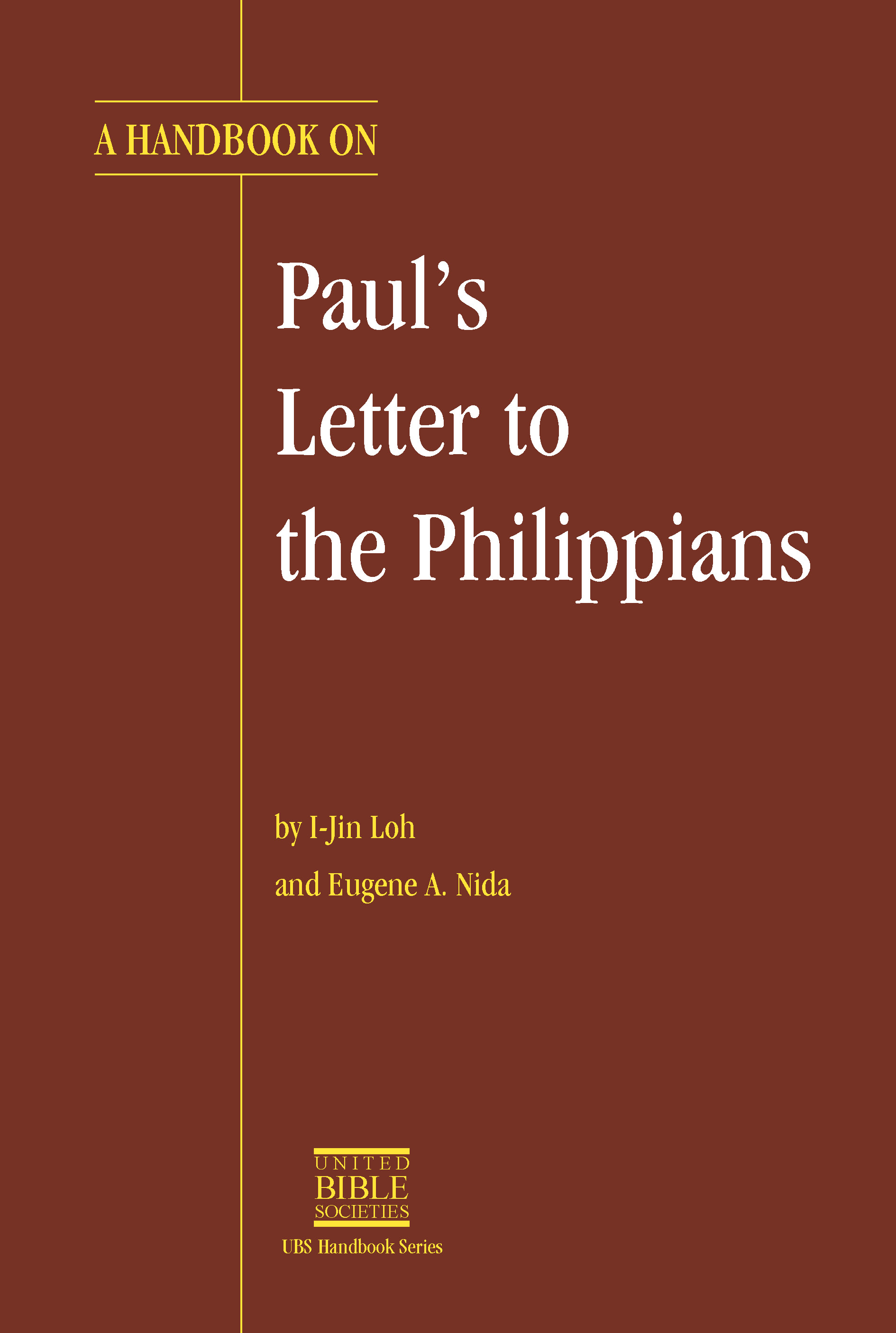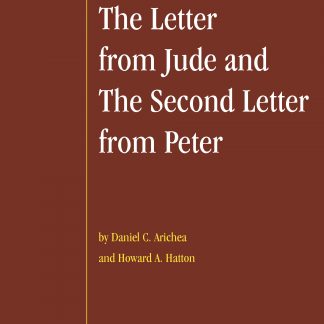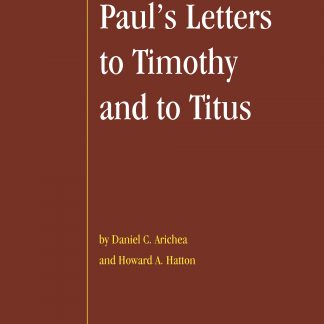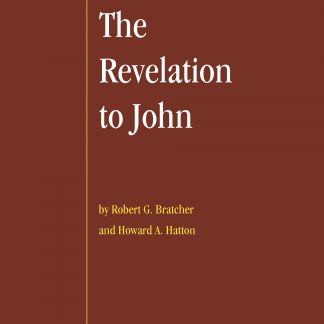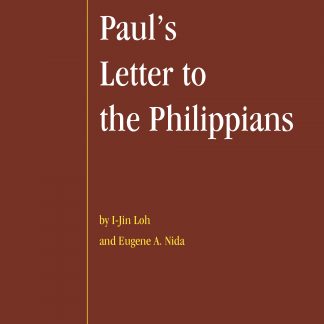Description
Paul’s letter to the Philippians is one of the best loved of all his letters. Translators will be in a position to do a better job is they are aware of some of the particularly significant features of this letter.This is an intensely personal letter. It lacks formality. Paul seems to set down ideas as they come to him, and to do so with frequent outbursts of unrestrained emotion.
The chief of these is the refrain of joy. “May you always be joyful in union with the Lord. I say it again: rejoice!” (4.4) This is the keynote. The word “joy” in its verbal and noun forms appears sixteen times in the letter, proportionately more often than in any of Paul’s other letters. What is even more remarkable is that this repeated call for joy comes from a prison cell where threats of death are always present. This radiant faith and confidence can come only from one whose life is centered in Christ (1.21; 3.8) and who has learned the secret of being content at all times and under all circumstances (4.10 ff.).
Writing to close friends, Paul is free to allow his personal feelings to become known. He is even driven to tears because of his adversaries (4.18), and about these persons he does not hesitate to use harsh words. He speaks of certain Judaizing Christians as “dogs” and people “who do evil things… men who insist on cutting the body” (3.2). Christians whose conduct brings disgrace to the name they bear he describes as “enemies of Christ’s death on the cross” and as people whose “bodily desires” are “their god” and who are bound “to end up in hell” (3.18 19). On the other hand, Paul is fond of using endearing terms when addressing his friends. They are always in his heart (1.7), the objects of his longing (1.8; 4.1), his “beloved” (2.12; 4.1), and his “joy and crown” (4.1).
Consistent with the general tone of the latter, great emphasis is placed on the corporate nature of the Christian community. This is clearly seen in the use of “you all” throughout the letter; of the word “participation” and its cognates (1.5, 7; 2.1; 3.10; 4.14, 16); of “in the Lord” (2.19, 24; 3.1; 4.1,4,10), “in Christ Jesus” (1.1, 26; 2.5; 3.3, 14; 4.7, 19, 21), “in Christ” (2.1); of phrases and compounds with the element “with” in Greek, for example, “partakers” (1.7), “rejoice together” (2.17,18), “fellow worker” (2.25; 4.3), “fellow soldier” (2.25), “of the same nature” (3.10), “fellow imitators” (3.17), “yokefellow” (4.3), “to fight together” (4.3), “fellow partaker” (4.14), “one common purpose,” “only one wish” (1.27), “having the same thoughts, sharing the same love, and being one in soul and mind” (2.2), etc. For Paul, oneness in Christ demands oneness in mission and oneness in the community.
The letter is also rich in figurative expressions taken from everyday life; those taken from the athletic arena, such as “win the prize” (3.12), “run straight toward the goal to win the prize” (3.14), “to fight together” (4.3); those from commerce, for example, “profit” and “loss” (3.7, 8; 4.15), “account” (4.17), “receipt” (4.18); those from the battlefield, such as “progress” (1.12,15), “stand firm together” (1.17), “the same conflict” (1.30), “win… lose… victory” (1.28); and those from the law court, for example,”defend and establish” (1.7, 16).
Finally, aside from repeated calls to “rejoice,” the letter also contains several great themes. Paul expresses his spiritual last “will and testament” as “to live is Christ” (1.21). He explains how he regards his earlier “privileges” as “garbage” as the result of knowing Christ (3.4 11) and how he goes on trying to win the prize (3.12 14). And, above all, there is the famous Christological hymn (2.5 11). This is, no doubt, one of the earliest Christian hymns, and certainly the most beautiful and moving one preserved in the New Testament. It is written in solemn liturgical style, has rhythm and parallelisms, and contains some rare words. It combines two great themes, humiliation and exaltation, and shines as a jewel among the early confessions of faith.
Published 1982 Pages 175

